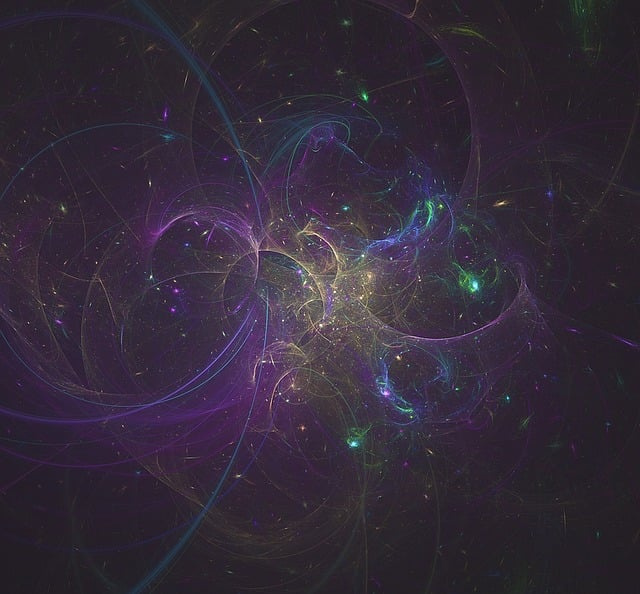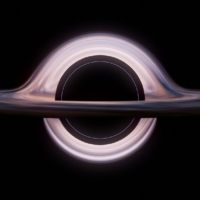
Gold is formed in the universe through a process called nuclear fusion in stars. Nuclear fusion is the process in which atomic nuclei combine to form a heavier nucleus, releasing energy in the process.
Gold is not formed in the early universe, but rather in the later stages of a star’s life cycle. As a star ages, it begins to run out of hydrogen fuel and begins to fuse heavier elements in its core, such as helium and carbon. This fusion process releases energy and creates even heavier elements, such as oxygen, silicon, and iron.
However, the fusion process in stars is only able to create elements up to iron. To form elements heavier than iron, a different process is needed. This process is known as the r-process (rapid neutron capture process) and occurs in supernovae explosions or neutron star mergers.
During the r-process, atomic nuclei are bombarded with neutrons, rapidly creating heavier and heavier elements. This process can create elements up to 100 times heavier than iron, including gold.
After the gold is formed, it can be ejected into space by the explosion of a supernova or a merger of two neutron stars. Over time, this ejected material can become part of a cloud of gas and dust, which may eventually collapse to form a new star and planets, including our own solar system.
In summary, gold is formed through a complex series of nuclear reactions in the later stages of a star’s life cycle, and through explosive events such as supernova explosions or neutron star mergers. The formation of gold and other heavy elements is a fascinating process that has helped shape the universe as we know it today.










